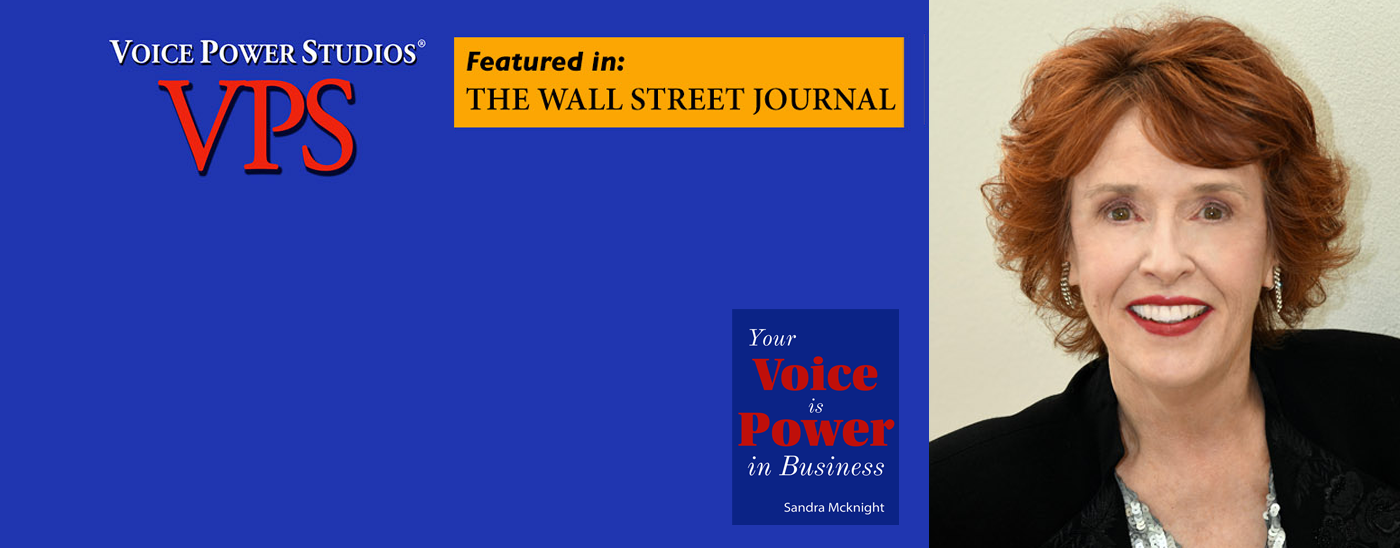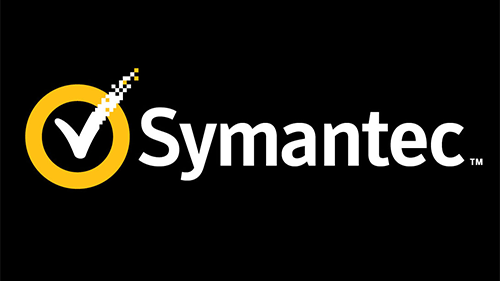As the famous American song says, "Make someone happy and you will be happy too!" Happiness is conveyed in the sound of your speaking voice and it is amazing how quickly that sound affects someone else. Your happy sound can give the momentary gift of hope and it is a powerful way to communicate confidence and inspire others to be confident.
It was previously written that neuroscientists have established that 95% of our behavior is subconscious and habitual and that 5% of our behavior is consciously determined. The good news is that we can use that 5% to change our subconscious programming and the sound of your voice is a powerful tool for effecting that reprogramming both in ourselves and in others.
For the past several years many have been in very challenging economic times and it is very easy to fall into the "victim response" and to sound flat, frustrated, depressed and even angry without consciously realizing it.
I believe that none of us survive alone and that together we can create a world that supports all life including the earth itself. I also feel that if we believe we can create the world we want, we need to start sounding like it.
We can begin by consistently sounding energetic, confident, caring, and persuasive when speak. For me this is the sound of hope, the sound that moves another person to feel better about them self. "Yes we can" needs to sound consistently powerful, caring, and confident.
I realize that we can't all sound like professional speakers; however, projection and speech melody are two voice skills that will help you to sound more confident, positive, and persuasive in everyday conversation.
- Projection is the ability to throw your voice into the ear of the listener. The amount of projection and the degree of loudness in your voice depends on how far away your listener is. Even if you are talking on the phone with a relatively quiet voice you still need to project. When you project you are sending the signal to the listener that he/she needs to open and pay attention.
- Try this exercise, put your index finger and thumb together and make the OK sign. Pretend that the "O" that is formed by your fingers is the opening of a megaphone, like the Dallas cheerleaders use. Now put the "O" or the opening of your megaphone up to your mouth and speak into it. You will find that you will take a big breath and use the breath to throw your sound and words into your imaginary megaphone. This is called projecting a well-supported and focused sound. Now combine projection with speech melody.
- Speech melody is the ability to change pitch either higher or lower in order to emphasize the words you feel are important and to create a melody to your speaking voice that is pleasant, engaging, inspiring and motivating.
- A simple phrase we say all the time "Hello! How are you?" Try going from a low pitch to a high pitch in the word "hello" to more easily engage your listener. Then start on a low pitch for the word "how" and a little higher for the word "are" and a little higher for the word "you". The reason you are going from a low pitch to a high pitch throughout the 3 word sentence is because you are asking a question and inviting a response. One always goes up in pitch at the end of sentence that asks a question.
At a lecture by Bruce Lipton, PhD, celebrated cell biologist, a warm human being, the forerunner in the Science of Epigenetics and the author of the Biology of Belief, he began by stating that 95% of our behavior is controlled by subconscious programs acquired before the age of six and that neuroscience has established that the conscious mind is in charge only about 5% of the time.
The subconscious programs such as walking, eating, speaking, etc. function outside the conscious mind and therefore they are making our everyday decisions without us even noticing. These subconscious programs originate from our parents, family, and community and often are limiting and many times disempowering. The good news is that the subconscious programs can be rewritten by the conscious mind putting you back in control.
Many business professionals say that they don't like the sound of their voice. They want to change their voice and change the way people feel about them. In fact, a college student recently wrote that he has "a soft spoken voice and others think of him as weak and unassertive."
When people want to change their voice, it says to me that their conscious mind has decided to reprogram their subconscious speaking behavior. They have decided to take control of their subconscious by asking it to become aware of the speaking skills needed to speak easily and clearly and confidently. Given a new awareness and the time to practice the speaking skills, the subconscious is perfectly willing to get on board. You can reprogram your speaking pattern and habits permanently.
Another example is a male whose voice tone is very easily affected by his mood of feeling totally overwhelmed on a daily basis, he stated that it is very difficult, almost impossible, for him to sound continually engaging when dealing with co-workers and clients. I told him that his belief that the content of his message was more important kept him from placing much value on being engaging. I suggested he should start by using voice inflection and modulation in his daily speech, making him sound more engaging even though inside he may be feeling overwhelmed and stressed out.
The speaking skills of inflection and modulation were the tipping point for him to change his long-standing speaking pattern and the associated disempowering belief that it wasn't really necessary for him to connect with the person to whom he was speaking. He started to realize that connecting with people by using his voice inflection and modulation made both his professional and personal relationships more meaningful, enjoyable and productive.
We all need to get serious about taking hold of our subconscious programs. The programs that no longer serve us and were given to us before we could consciously chose for ourselves.





























